Home to the largest national park in the lower 48 states, Death Valley is a place of beauty and record-breaking as the land of extremes.
Death Valley is the hottest place on Earth, with the record for the highest air temperature. In 1913, the highest temperature on Earth was recorded in Death Valley at 134°F. It is the driest, lowest, and hottest national park – but that doesn’t stop people from traveling worldwide to witness this magnetic place’s natural wonders!
Throughout Death Valley are sprawling fields of wildflowers, towering sand dunes, and prosperous oases within its desert landscapes that contrast breathtakingly with its harsh name. Prepare for unique adventures in this outdoor playground.
First, see the lowest place in the United States, the Badwater Basin, coated in what might seem like snow but is actually salt. Next, go stargazing as the Milky Way is scattered clearly above you in the park, labeled an International Dark Sky Park for its exceptionally unpolluted view of the stars above. Or, take the hike to Ubehebe Crater, formed thousands of years ago after a volcanic explosion.
There’s so much to do and see in the fascinating Death Valley, but first, check out the best places to stay in Death Valley for your trip!
1. Lodging in Death Valley
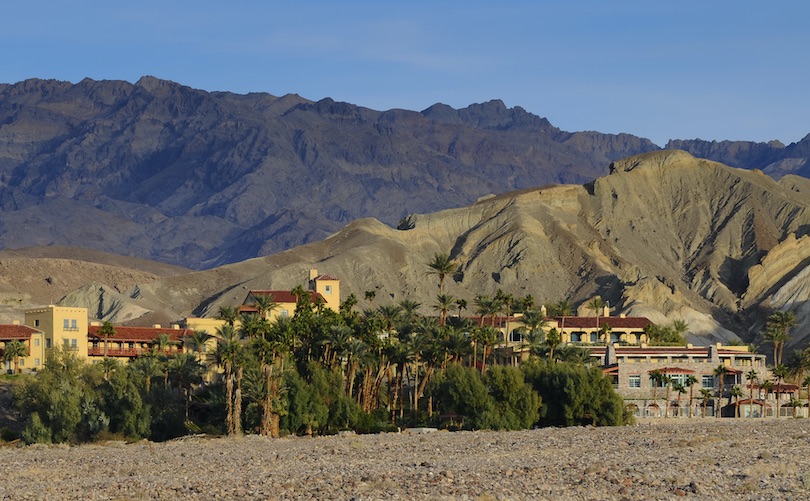
Staying in Death Valley, the place of extremes, is an undeniably memorable experience everyone should experience at least once. The options for lodging in Death Valley are limited but make for a unique and accommodating stay in the mystifying Death Valley National Park!
There are two hotels situated near the Furnace Creek Visitor Center: The Ranch at Death Valley and the Inn at Death Valley. The latter has been running since 1927. The serene hideaway touts the tagline of the “Crown Jewel of Death Valley.” This is because of its pristine and exclusive chance of a desert escape that once catered to Hollywood elites such as Carole Lombard and Marlon Brando.
Also within the park are the Stovepipe Wells Village Hotel and the Panamint Springs Resort, which is ten miles inside the park’s western edge. This resort is nestled in the Panamint Valley with awe-inspiring views of the Panamint Mountains. It is only two miles from the Mesquite Flat Sand Dunes and one mile from the Grotto Canyon.
2. Death Valley Junction, California
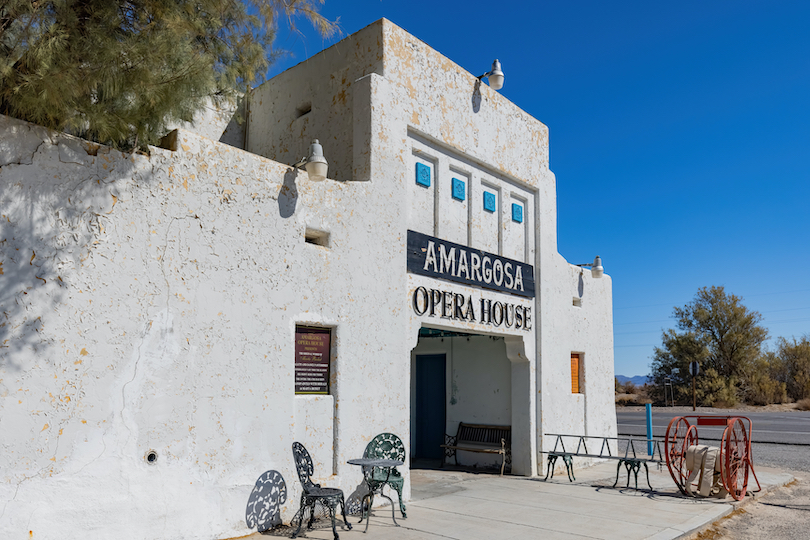
Frequently referred to as Amargosa, which translates to “bitter,” Death Valley Junction is an almost abandoned community in the Mojave Desert. An initial perusal of the town would seem like that of a ghost town, though it has plenty of charm that continues to draw visitors in.
The town was founded in 1907. It became a company town; employees of Pacific Coast Borax Company would come to Death Valley Junction to process borax that was used in cosmetics and detergents. The borax was mined from an ancient lake in the valley into Death Valley Junction before being loaded onto trains and shipped out on the Death Valley Railroad.
East of Death Valley National Park, this tiny town only has a few buildings that remain open. The historic Amargosa Opera House and Hotel are one of them, hosting musical and dance performances by Donna’s Studio of Dance, run by professional ballerina Lisa Paulson. It still receives guests who wish to stay in the historic building and hosts performances in the opera house.
There’s also the Amargosa Cafe, a welcoming stop serving fresh breakfast, lunch, and local produce. Other than that, Death Valley Junction has no gas stations, restaurants, or other hotels.
3. Shoshone, California
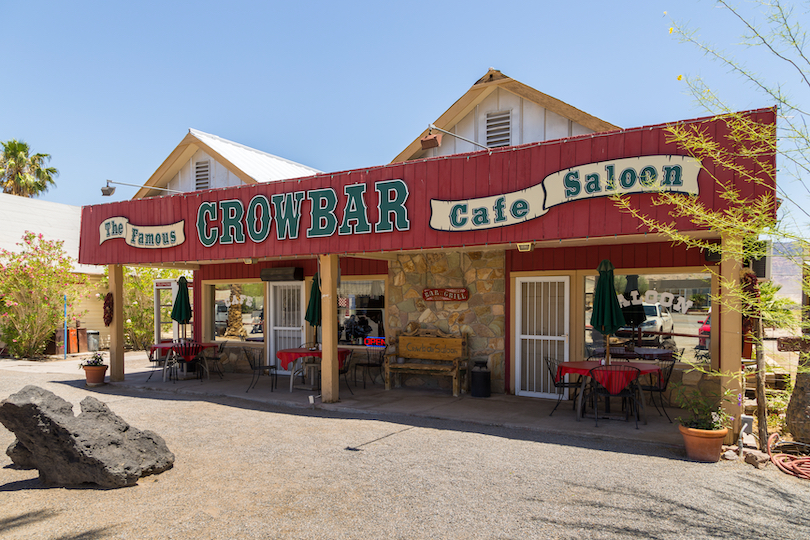
Founded in 1910, Shoshone is a quaint desert town southeast of Death Valley National Park. It once functioned as a rest stop and railroad center for miners entering the area. Today, Shoshone is often overlooked as a place to stay or visit while heading to Death Valley. However, Shoshone has plenty of unique features that make it a wonderful place to stay!
The Shoshone Museum is one such feature. Situated in what was once a gas station, the Shoshone Museum showcases a collection of artifacts dedicated to the local region’s history. This impressive collection contains the preserved remains of a prehistoric Mammoth discovered at a nearby site.
Another unique attribute of Shoshone is the preserved Dublin Gulch Miners Caves. Located a short distance from Shoshone, the dug-out caves were homes of miners, who established the caves in solidified volcanic ash and were used to escape the intense desert weather.
4. Tecopa, California
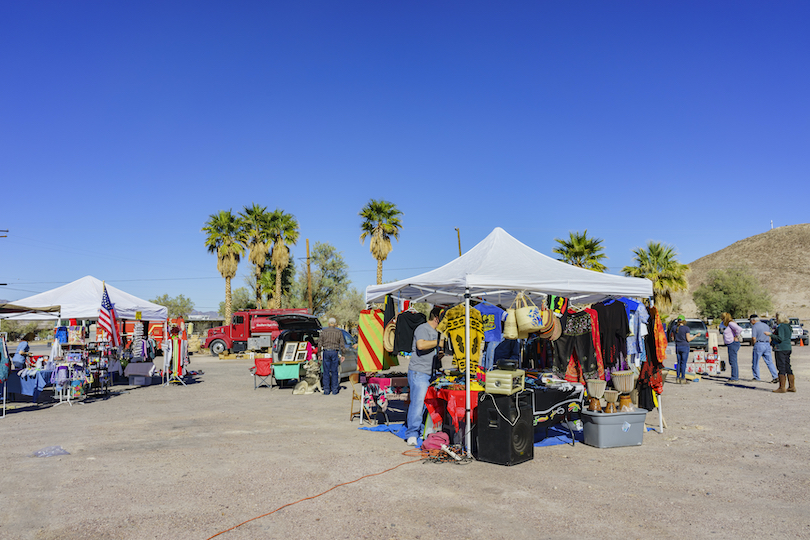
An old mining town, Tecopa is about an hour south of Death Valley National Park. The town was named after the Paiute-Shoshone Indian Chief Tecopa and functioned as a hard-rock mining site until the late 1800s. Today, the town is well-known for its natural hot springs and homing part of the historical trade route, the Old Spanish Trail, classified as a National Historic Trail.
A hot topic in Tecopa is the China Ranch Date Farm & Bakery. The family-owned and operated farm has managed to establish a thriving farm amongst the harsh conditions of the Mojave Desert. The date grove got its start in the early 1920s with the dedication of the daughter of Death Valley pioneer R.J. Fairbanks.
This charming oasis is lined with palm trees and includes a working farm, a small date shop, hiking trails, and the Modest Museum, which exhibits pieces of the ranch’s history. And of course, their legendary date shakes which you can’t miss out on!
5. Beatty, Nevada
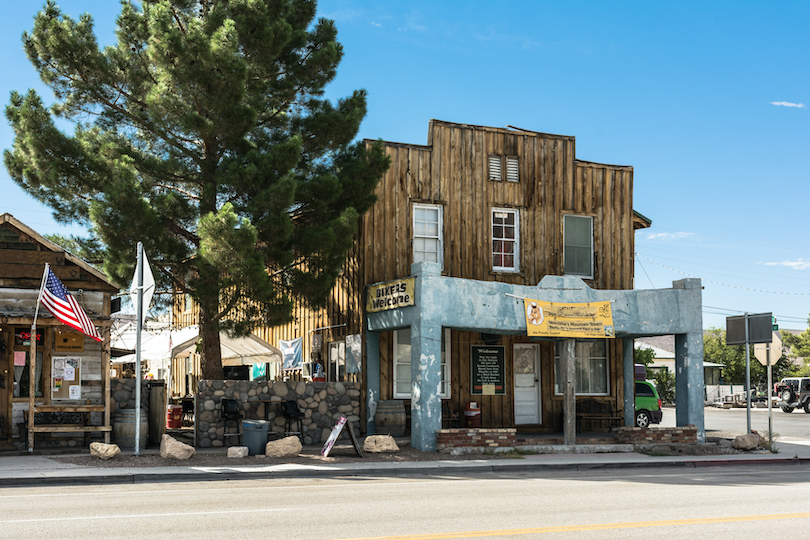
Settled along the Amargosa River, Beatty is a historical town only ten minutes away from Death Valley. Established in 1900 as a railroad service center, specifically for the Bullfrog Mining District, Beatty was named after Montillus Murray “Old Man” Beatty. Discharged from the Union Army, Montillus married a full-blooded Paiute Indian woman, established a ranch in the Oasis Valley, and became the first postmaster of Beatty.
Known as the “Gateway to Death Valley,” Beatty is the nearest town to Death Valley National Park. It has convenient access to all the natural wonders and beauty of the park, known for its extremes and famous for being the hottest place on earth.
Nestled in the valley, Beatty’s backdrop features three mountain peaks, Bullfrog Hills, Bare Mountain, and Sawtooth Mountain. Only four miles from Beatty is the gold-mining ghost town of Rhyolite. The historical site is one of the most popular things to do in Beatty. It is a step back in time to a once booming mining site that became abandoned after the gold ran dry.
6. Amargosa Valley, Nevada
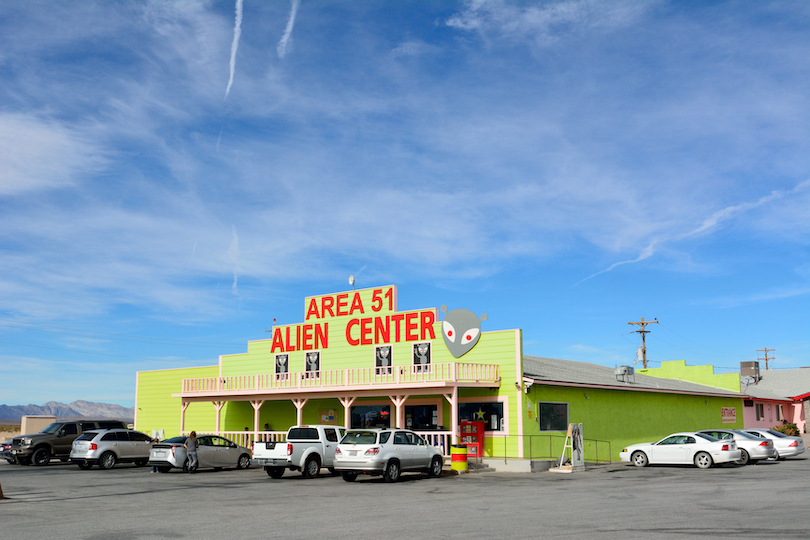
Part of southern Nevada, Amargosa Valley expands to the border of Nevada-California. Full of history, the remains of ancient campsites of Native American tribes have been found in the Amargosa Valley. They are estimated to date back to the last ice age more than 10,000 years ago.
The second-largest unincorporated community in the United States, Amargosa Valley was home to ranchers looking to supply local mines. After it was abandoned, it became the home of the legendary Nevadan Jack Longstreet. A miner, gunslinger, gambler, and trailblazer, Longstreet established a homestead in Ash Meadows. Later, a nearby spring would come to bear his name in remembrance.
Home to numerous rare species of plants and animals, the Ash Meadows National Wildlife Refuge is a beloved attraction in Amargosa Valley. Within the refuge are stunning sapphire pools fed from the spring and the notorious landmark, Devils Hole. The geothermal cave is the habitat for the rarest fish in the world, the Devils Hole pupfish. This species can only be found in this exact location.
There’s also the Amargosa Big Dune Recreation Area. This touted attraction welcomes visitors from all over the world looking to climb the towering sand dunes while others enjoy the sights of these impressive sand formations from the ground.
7. Pahrump, Nevada
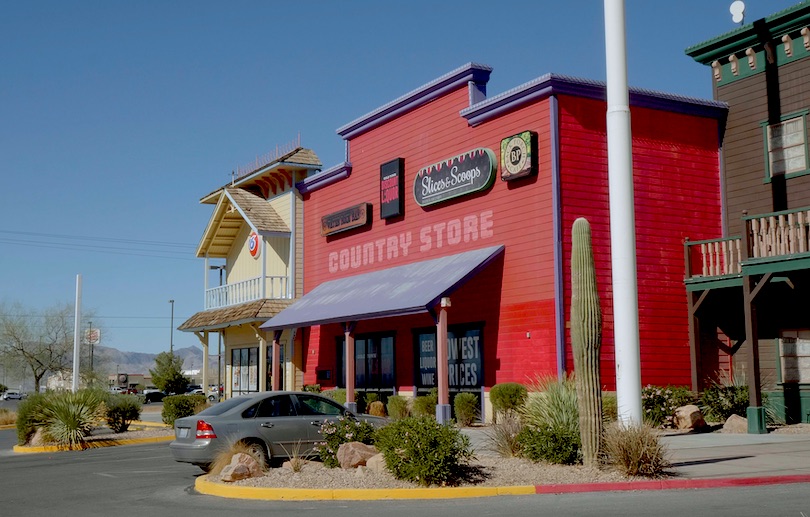
A little over an hour from Death Valley and Las Vegas, Pahrump is an exciting place to stay with its top-notch casinos, luxurious resorts, and award-winning wineries. Centuries before, Southern Paiute Indians thrived in the region. Today, the area soon became one of the fastest-growing cities of the West after European Americans settled it in the 19th century.
One of the notorious settlers of Pahrump was the frontiersman and gambler Jack Longstreet, who constructed a stone cabin. The cabin is now where the Ash Meadows National Wildlife Refuge is located. And in the Pahrump Valley Museum, guests can learn more about the rich history of the local region and the impact of those who called the area home.
Off-roading in Pahrump is one of the most popular activities, with its hundreds of dedicated miles of trails and tracks of OHV-ers to let loose. Golfers can savor a scenic golf course with tee time at the Mountains Fall Golf Club. Then, test your luck at the Gold Town Casino or bask in the glorious views of the valley from above in a hot air balloon ride!

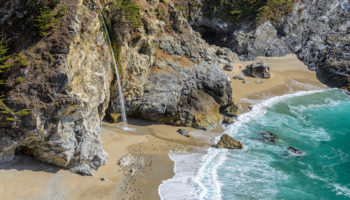
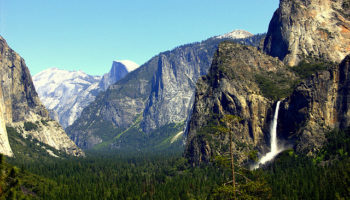
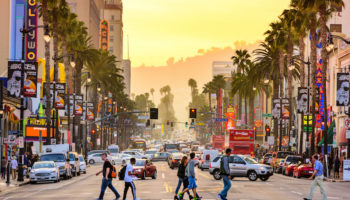
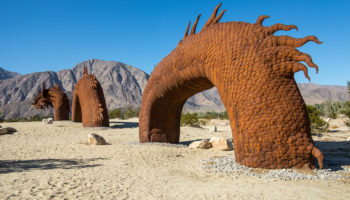
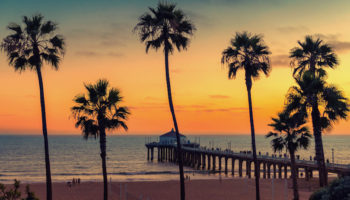
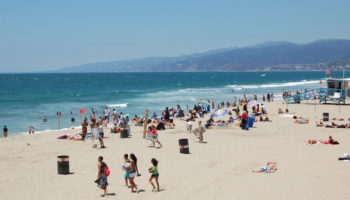
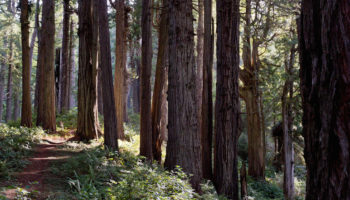
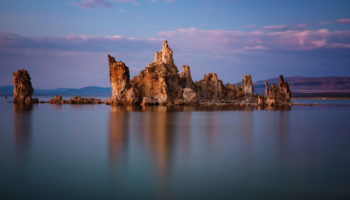
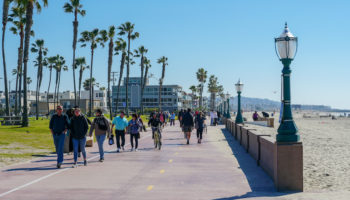
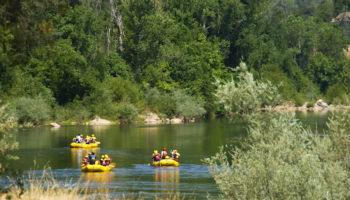
Leave a Reply